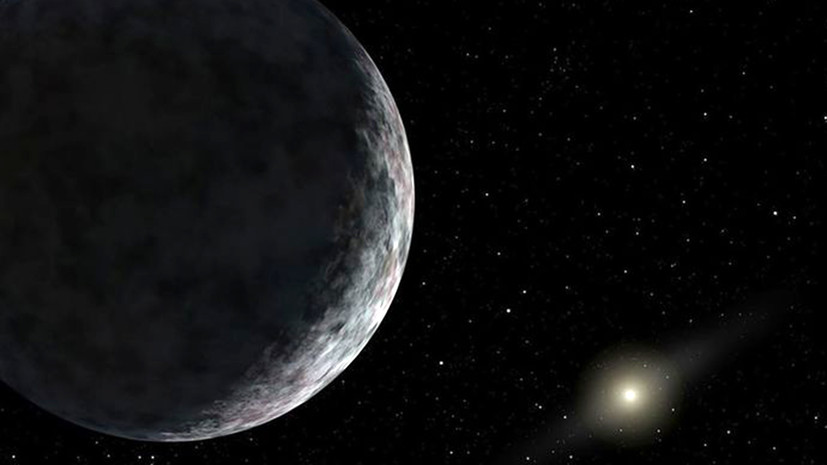Astronomer Scott Sheppard from the Carnegie Institute (USA), together with colleagues from the University of Hawaii and Arizona (USA), discovered an object that is considered the most distant in the Solar System today. The researchers gave him the unofficial name FarFarOut (“The Most, the Farthest”). The celestial body is 140 times farther from the Sun than the Earth and about 3.5 times farther than Pluto.
It is noteworthy that scientists managed to break their own record - in December 2018, they found the dwarf planet FarOut (“Farthest”) at a distance that is more than 120 times the distance from Earth to the Sun. The diameter of this celestial body is about 500 km. According to experts, FarOut spends more than a thousand Earth years on one revolution around the star. The discovery was made with the help of two telescopes: 4-meter Blanco in Chile and an 8.2-meter Subaru in Hawaii.
Astronomers emphasized that they discovered FarFarOut, analyzing data from the same telescopes. Scientists have yet to confirm their discovery and determine the parameters of the orbit of this celestial body.
Note that until December 2018, researchers could not detect a single object located at a distance of more than 100 AU. from the sun. For comparison, the distance from the star to Pluto is about 39 AU. At the moment, the dwarf planet Eris (96 AU), discovered as far back as 2005, is third in terms of distance from the Sun.
The Sheppard team discovered FarOut and FarFarOut objects as part of a program to search for a hypothetical ninth planet in the solar system. The hypothesis of its existence was first put forward by scientists from the California Institute of Technology in 2016. Astronomers believe that the gravitational influence of a massive gas giant in the backyard of the solar system could explain the anomalously elongated orbits of some celestial bodies in the Kuiper belt. According to calculations carried out in 2016, the ninth planet with its elliptical orbit can approach the Sun and move away from it at a distance from 200 to 1200 AU.
At the same time, American astronomers have not yet been able to establish whether the orbit parameters of FarOut and FarFarOut are consistent with this theory. According to scientists, to clarify this will take several more years of research.

